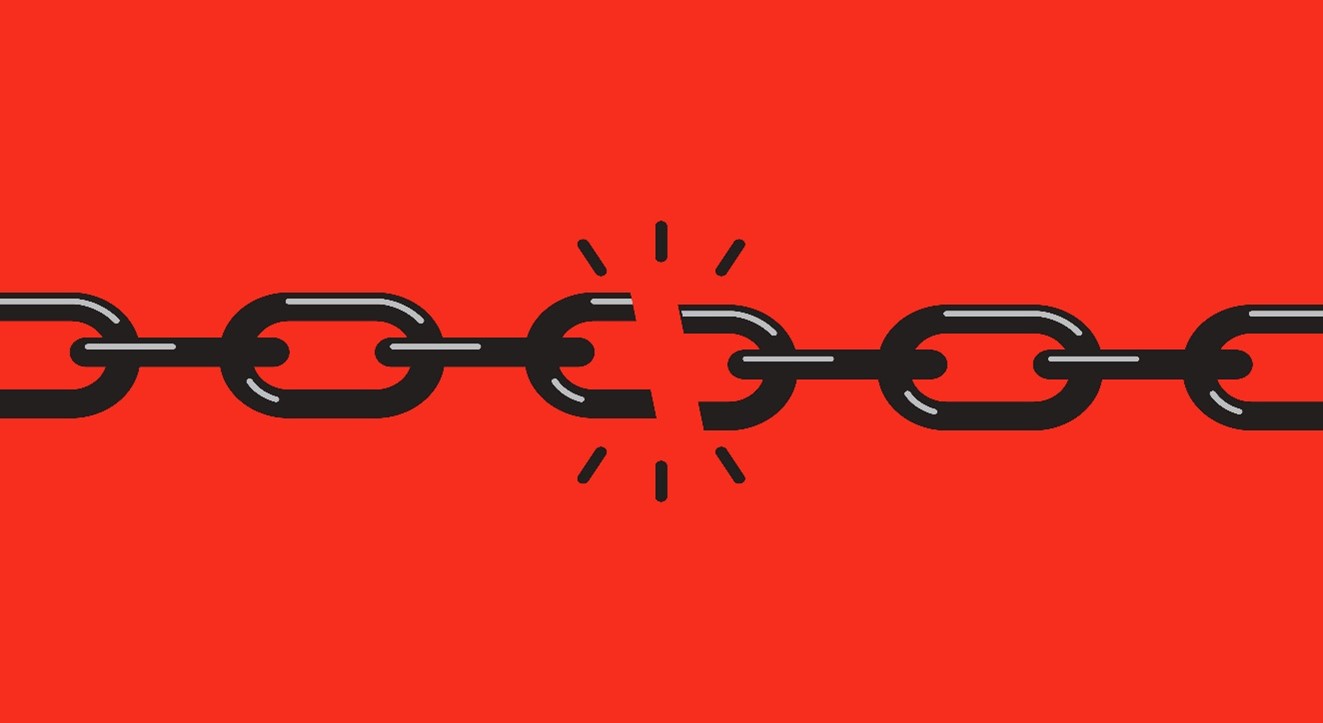Stability is an essential aspect of our lives. Whether it’s the stability of a physical structure or the stability of a social system, it plays a crucial role in ensuring that everything works as it should. However, stability is not guaranteed. In fact, stable systems can easily turn into unstable ones if certain conditions are met. This can have significant implications for technology, engineering, and society as a whole.
In this blog post, we will explore the nature of how stable systems can turn into unstable ones and what it means for different fields, including technology, engineering, and society. We will also discuss the factors that contribute to instability and how they can be managed to prevent it.
What is Stability?
Before we dive into the concept of instability, let’s first define what we mean by stability. Stability refers to a state of equilibrium in which all components of a system are balanced. A stable system can maintain this equilibrium over time, without significant changes or disruptions.
Stability is an essential aspect of many different systems, from physical structures to social systems. For example, a physical structure that is stable can withstand external forces, such as wind, rain, or seismic activity, without collapsing. Similarly, a social system that is stable can maintain a certain level of order and function, without significant changes or disruptions.
What is Instability?
Instability, on the other hand, refers to a state in which a system is not in a state of equilibrium and may be susceptible to change or failure. An unstable system can be disrupted by external forces, such as changes in environmental conditions or external influences, leading to significant changes or even failure.
Instability can have significant implications for different fields, including technology, engineering, and society. In the context of technology, an unstable system can result in software crashes, hardware failures, or system malfunctions. In the context of engineering, instability can result in structural collapses, machine failures, or process breakdowns. In the context of society, instability can result in social unrest, political upheaval, or economic crises.
What Causes Instability?
There are many different factors that can contribute to instability in a system. These include:
- External Factors: External factors refer to any force, event, or condition that is outside the stable entity and may impact its stability. For example, changes in environmental conditions, external forces, or other external influences can all impact the stability of a system.
- Material Properties: The properties of materials used in a system can also impact its stability. For example, if the materials used in a physical structure are not strong enough or durable enough, the structure may be susceptible to failure.
- System Design: The design of a system can also impact its stability. For example, if a machine is designed with weak points or is poorly balanced, it may be susceptible to breakdowns or failure.
- Human Error: Human error can also contribute to instability in a system. For example, if an operator makes a mistake or does not follow the proper procedures, it can lead to malfunctions or failures.
- Failure Modes: Failure modes refer to the different ways in which a system can fail. Understanding these failure modes and how they can be prevented is crucial for maintaining stability.
Managing Instability
Managing instability is an essential aspect of maintaining stable systems. There are many different strategies that can be used to manage instability, including:
- Risk Assessment: Conducting a risk assessment can help identify potential sources of instability and develop strategies to manage them.
- Reliability: Ensuring that a system is reliable can help prevent instability. This involves designing and testing systems to ensure that they can function under a range of conditions.
- Performance: Ensuring that a system is performing as expected can also help prevent instability. This involves monitoring and testing systems to ensure that they are functioning within their expected parameters and performance thresholds. Performance can be affected by a wide range of factors, including environmental conditions, material properties, and external forces.
For example, in the context of a physical structure such as a bridge, performance can be affected by factors such as wind, temperature changes, and vibrations. By monitoring the performance of the bridge and understanding how these external factors impact it, engineers can design solutions to prevent instability and ensure the bridge remains safe and stable over time.
Similarly, in the context of software or computer systems, performance can be affected by factors such as processing power, memory, and network connectivity. By monitoring these factors and ensuring that the system is functioning within its expected performance parameters, engineers can prevent instability and ensure that the system remains reliable and secure.
Resilience: Another important factor in preventing instability is resilience, or the ability of a system to recover from disruptions or failures and return to a state of stability. Resilience can be achieved through a variety of strategies, such as redundancy, contingency planning, and adaptive design.
For example, in the context of a physical structure such as a building, resilience can be achieved through the use of redundant structural elements, such as backup generators or redundant communication systems. Similarly, in the context of software or computer systems, resilience can be achieved through the use of backup servers, data replication, and other redundancy strategies.
Adaptability: In addition to resilience, adaptability is also important in preventing instability. Adaptability refers to the ability of a system to respond to changes in its environment or operating conditions and adjust its behavior accordingly.
For example, in the context of a physical structure such as a bridge, adaptability can be achieved through the use of flexible materials or design elements that allow the bridge to adjust to changes in wind, temperature, or other environmental conditions. Similarly, in the context of software or computer systems, adaptability can be achieved through the use of algorithms or artificial intelligence that can adjust system behavior in response to changing conditions or user needs.
Feedback loops: Finally, feedback loops can also be used to prevent instability by providing information about the state of the system and enabling adjustments to be made in real-time. Feedback loops involve the use of sensors or other monitoring devices to collect data about the state of the system, which is then analyzed and used to make adjustments to system behavior.
For example, in the context of a physical structure such as a building, feedback loops can be achieved through the use of sensors that monitor temperature, humidity, and other environmental factors. Similarly, in the context of software or computer systems, feedback loops can be achieved through the use of monitoring tools that track system performance and user behavior.
Conclusion
In conclusion, understanding how stable systems can turn into unstable ones is crucial for ensuring reliable and secure systems in technology, engineering, and society as a whole. Factors that contribute to instability include external factors, environmental conditions, material properties, system design, human error, failure modes, risk assessment, and performance.
To prevent instability, engineers and professionals in the field of stability ontology can implement strategies such as redundancy, contingency planning, adaptive design, feedback loops, and resilience. By using these strategies, they can ensure that systems remain stable over time and continue to provide the necessary reliability, safety, and performance that are essential for our increasingly complex and interconnected world.
Ultimately, the study of stability ontology is a critical field that encompasses many different areas of study, including philosophy, physics, engineering, and biology. By understanding the fundamental nature of stability and the mechanisms that enable stable systems to remain stable over time, professionals in this field can design and implement strategies to prevent instability, improve the reliability and safety of systems, and create new materials and technologies that promote stability in various domains.




